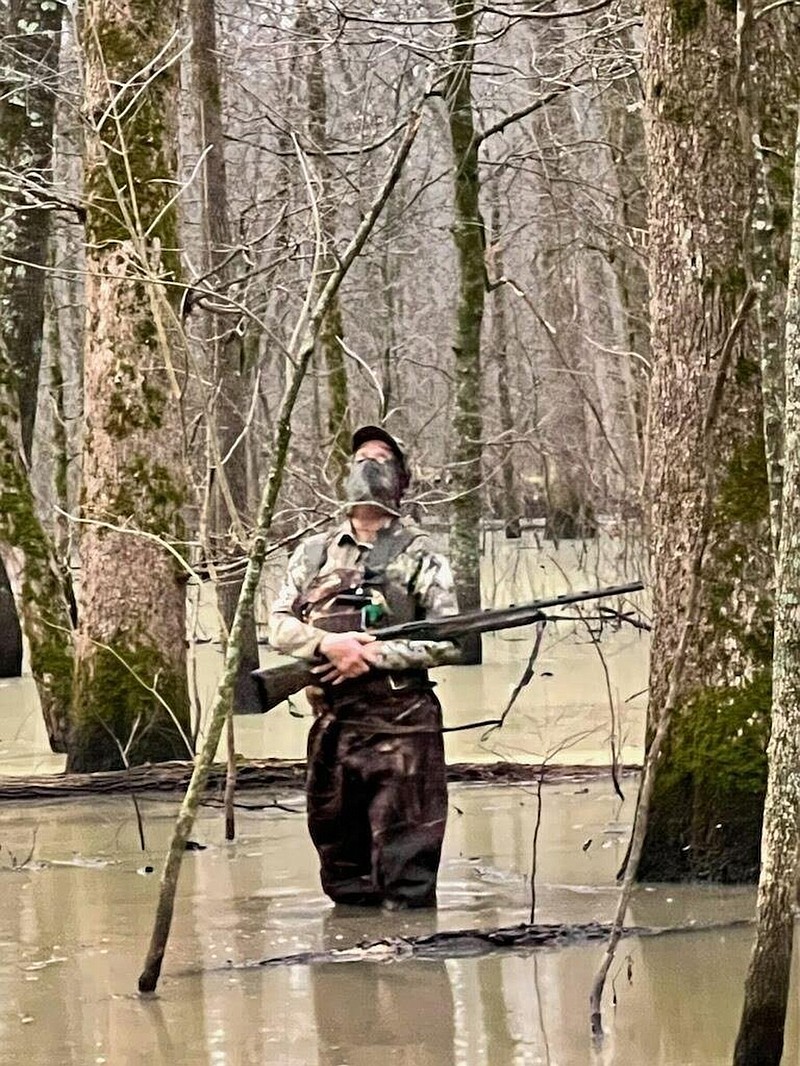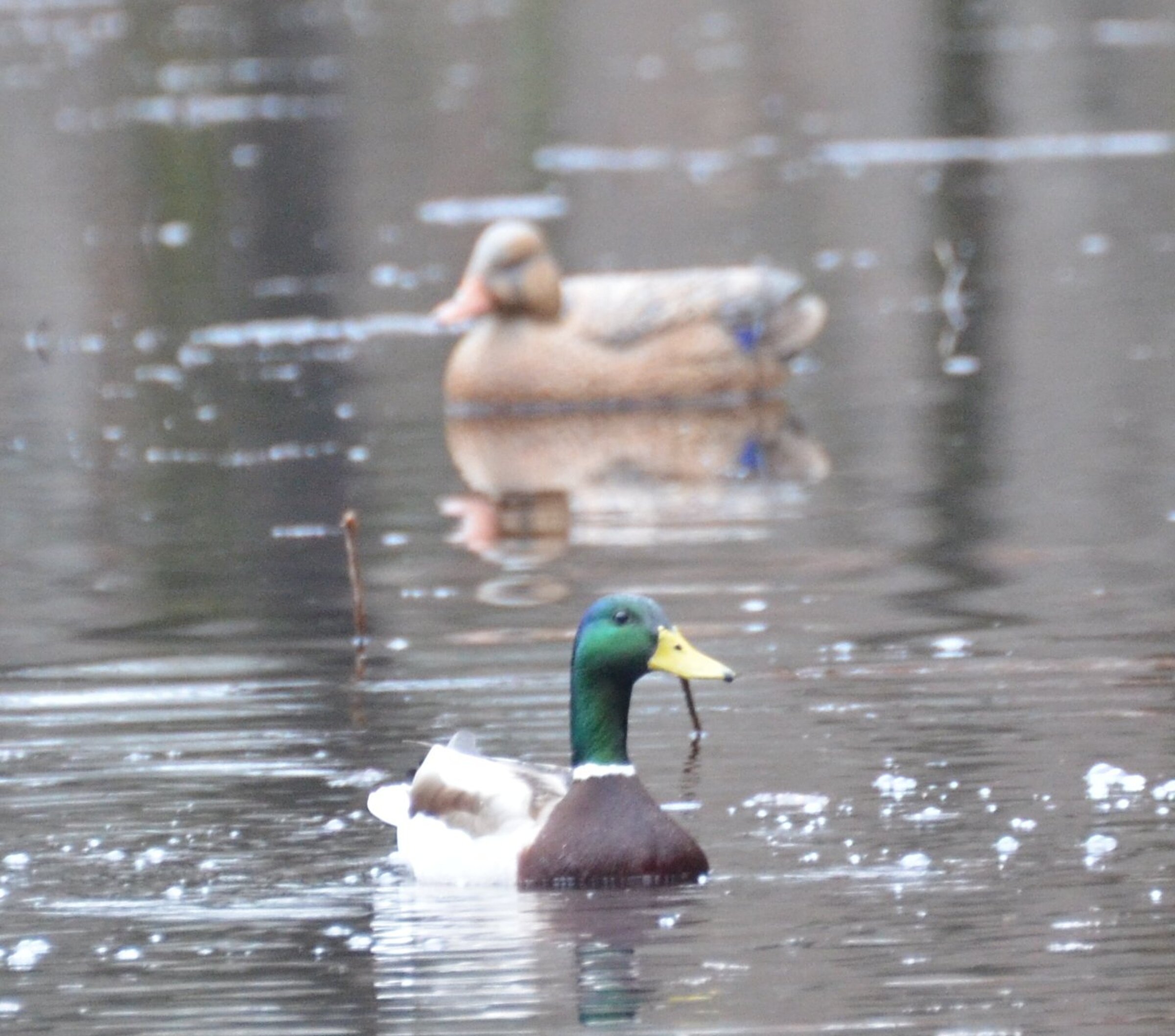The midwinter (aerial) waterfowl survey took place after an influx of arctic air into Arkansas.
That comment was part of a recent report by Luke Naylor, head of wildlife management for the Arkansas Game and Fish Commission.
"A blast of arctic air on Dec. 22 sent temperatures below zero in parts of northern Arkansas and into the single digits in much of the state. By Jan. 2, however, temperatures had risen sharply as a major storm system approached and eventually brought massive rainfall to much of the state, particularly in the Delta," the report said.
More than 6 inches of rain was recorded in parts of the southeast.
"The USGS gauge at the Canon Brake water control structure on George H. Dunklin Jr. Bayou Meto Wildlife Management Area recorded nearly 8 inches of rain and the Corning gauge on the Black River recorded about 4 inches of rain in the early morning hours of Jan. 3. In short, habitat conditions changed rapidly at the beginning of this survey period," the report said.
The early January rains in and around the Bayou Meto catchment basin sent water levels soaring past the desired control level of 178.6 to 180.3 and beyond. These dramatic and rapidly changing conditions had a major effect on duck numbers in the state.
"The Delta mallard population estimate was the highest during the midwinter survey since 2018 and the second highest since 2010 and slightly above the 2010-2023 long-term average. Total duck population estimates were well above the long-term average and exceeded 1.5 million for the first time in any survey since December 2011. Mallards account for about 66%, on average, of all ducks in the Delta during midwinter surveys. The relatively lower 53% mallard estimate is a result of a notably high total duck count during this survey. Biologists estimated over 150,000 mallards in three survey zones: Bayou Meto-Lower Arkansas; Black-Upper White; and Cache," the report said.
Arctic goose population estimates totaled 1,693,343 light (lesser snow and Ross's) geese and 618,925 greater white-fronted geese in the Delta.
"Information from locations north of Arkansas suggested ducks had headed south prior to this event and no doubt found abundant new habitat to settle into across the state the first week of January, resulting in Delta mallard estimates seen only a few times over the past decade-plus," Naylor said.
Whereas the winter blast and abundant rains drove ducks into Arkansas and provided adequate habitat to hold them for a time, warmer temperatures since have apparently caused duck numbers to dwindle across the Cache River basin and Delta regions.
Hunters report a slowing in waterfowl harvest that traditionally occurs during the second week of January. By this point in the season, ducks prove much more wary of decoy spreads and calling. In addition, mild weather and storms containing a lot of thunder and lightning appear to have caused ducks to relocate from the Delta and White/Cache River regions. Colder temperatures predicted for the later part of the month are hoped to improve hunting for the last two weeks of the season.
"Each year, the U.S. Fish & Wildlife Service conducts the Migratory Bird Parts Collection Survey, also known as the Wing Survey," according to the U.S. Fish and Wildlife Service web page. "The service asks a sample of hunters from around the U.S. to send in one wing from each duck. Before every hunting season, the service provides survey participants with postage-paid wing envelopes to send in their parts. Each wing envelope is addressed to a collection point in the U.S. The collection point depends on the flyway that the hunter lives in. The purpose of migratory bird parts collection is to determine the age, sex and health of each sampled specimen."
Naylor gave details about obtaining the wings.
"Post-season analysis of duck wings submitted by hunters will provide insight into whether improved duck production across portions of the Prairie Pothole Region (of Canada) in 2022 also helped bolster mid-continent mallard populations potentially bound for Arkansas and boost mallard and total duck estimates during this survey," Naylor said.

